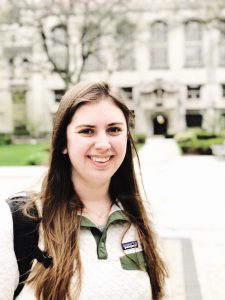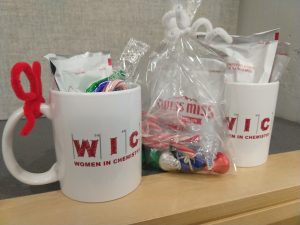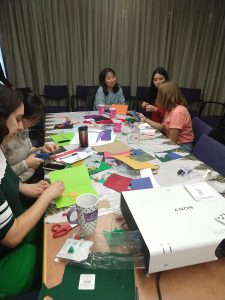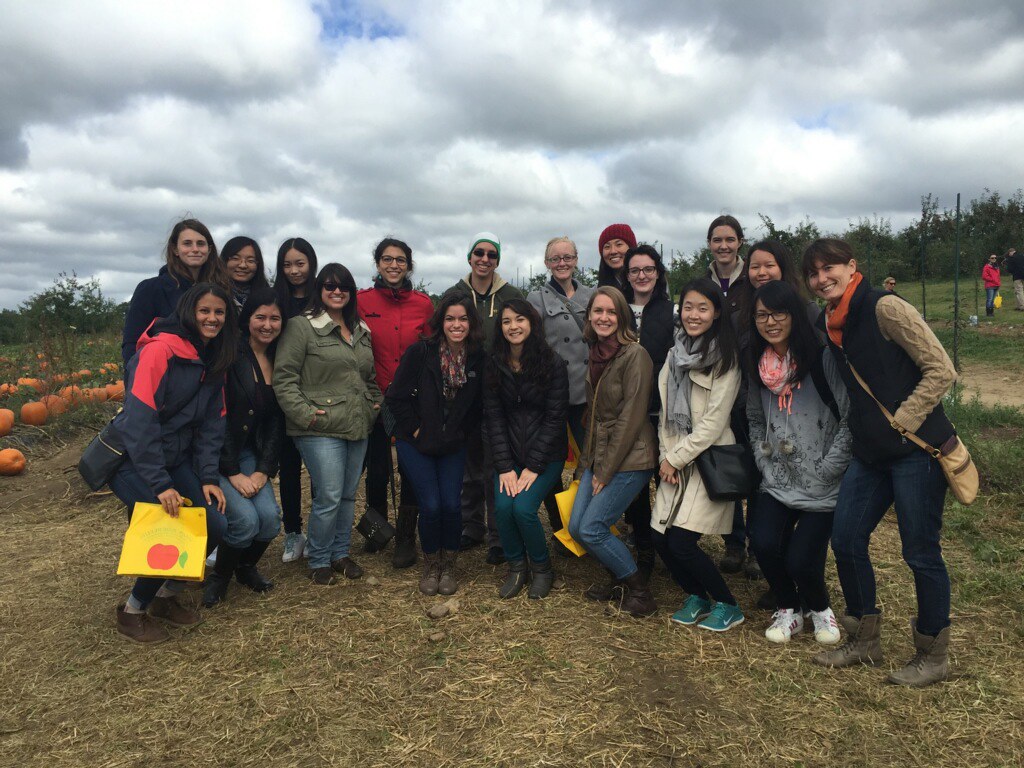JoAnne Stubbe was recently awarded the Priestley Medal, the American Chemical Society’s highest honor. This award continued a long record of recognition for Stubbe’s outstanding career studying the importance and central role of radicals in biology. Yet when asked about her history of accolades and honors, Stubbe expressed nothing but humility and was quick to redirect, pointing out that there are many excellent scientists out there, pondering, “how do you differentiate between [them]?” Rather than eulogizing about her achievements, Stubbe asserted that her greatest award was that “somebody paid [her] to do what [she] really love[s] to do for [her] whole career.”
We had the pleasure of sitting down with JoAnne to learn more about the career to which she committed her life, her experience as a woman in chemistry at MIT, and the need to keep moving the field forward.
According to Stubbe, she “didn’t learn anything in graduate school”. But she did find there the inspiration that would help determine the path of her career. Stubbe was undergoing training as an organic chemist, but became interested in enzymology when she attended a seminar about the cyclization of squalene. At the end of the seminar, she left thinking, “why the hell would I ever want to do synthesis? If an enzyme can do this at pH 7 and give you 100% yield with all the stereochemistry?” She also read Tipper and Strominger’s work on the mechanism of action of penicillins. Penicillin, which looks like the dipeptide D-alanine -D-alanine found in peptidoglycans, was one of the first examples of a mechanism-based inhibitor. This mechanistic approach to understanding enzymatic reactions and their role in biology was what Stubbe was most excited about, even if, at the time, she wasn’t able to get credit for biochemistry courses. Despite the enormous contribution that she would later make to the field, she never took a formal biology or microbiology course. Instead, she followed her passions and sought out the knowledge and training she needed to study the questions she wanted to answer. Throughout her career, Stubbe spent her sabbaticals at the bench, where she worked to learn methodology that she felt was important to master in order to ask the right questions.
The pursuit of asking those questions led Stubbe to her first position as a professor at Williams College, an undergraduate school where she was the first to ever be awarded an NIH grant. Despite having great experiences with her students there, Stubbe says she was “so starved to talk science to people” that she obtained funding for a leave of absence in enzymology at Brandeis and then continued on to become a faculty member in Pharmacology at Yale Medical School and then in Biochemistry at the University of Wisconsin-Madison. In 1987, she joined the Chemistry Department at MIT. Throughout her tenure, she has been a catalyst for change for women in chemistry, acknowledging that she has seen the department evolve “tremendously, but really very slowly”.
Early on, Stubbe felt that she “probably won awards because [she] was female”, a feeling familiar to many women, even today. But it was the Nancy Hopkins Report that really brought women’s issues at MIT into the forefront. The report, published in 1999, was spearheaded by Professor Nancy Hopkins and documented the reduced access to resources for female professors at MIT compared to their male counterparts. Stubbe was one of the 16 women faculty members on the first committee that, in 1994, penned a proposal to the Dean of Science to review space, resources, salaries, and teaching assignments of women faculty compared to their male colleagues. A true scientist, Stubbe recalls that “we got data, there was clear discrimination.” The report catalyzed changes at MIT and beyond. Some notable changes at MIT include access to daycare on campus and progressive policies for family leave. Stubbe recognizes that many women at various institutions had tried to address discrimination earlier, but the Hopkin’s report likely gained traction because, as Stubbe points out, “three letters make a big difference”—MIT.
Looking to the future, Stubbe thinks we need to make fundamental changes in the way we train chemists. With the rapid advancement of technology and the explosion of research published every day, we need to focus on training critical thinkers with broad foundational knowledge. Stubbe points out, “if you stay in science or if you go into writing or some other aspect, you still have to keep up with what is going on.” One challenge is how to identify good publications and critically assess the current literature. Another issue, Stubbe thinks, is the siloed division system that still exist in the Chemistry Department, rather she believes that it is important for students to build strong foundational knowledge across chemistry, biology, and other interfaces to be able to ask the most critical questions.
Still, JoAnne believes MIT is a place like no other. “[You] look at the website every day, and you see some amazing discovery that they have on that page. It’s sort of like, you pinch yourself to realize you’re in a place full of such smart people. And again, even if you don’t know them, if you use your energy, if you’re really excited about what you do, you can do experiments you could never have done at most places. And so that’s what’s special about that.”
While many agree there is still work to be done in the MIT Chemistry Department and the field as a whole, my perspective as a current graduate student is that we have seen positive changes in recent years. Continuing the trend of diversifying hiring practices, the chemistry department has hired three female faculty in the past two years: Xiao Wang, Allison Wendlandt, and Laura L. Kiessling. And as department head, Professor Tim Jamison was dedicated to making positive change in the department. Among his efforts, he spearheaded a harassment training program that is now being implemented in more departments across MIT. Notably, these changes have made an impact, and this fall, for the first time ever, MIT Chemistry’s incoming graduate cohort is more than half women.
By Christine Isabella
This article has been modified since original publishing to better represent JoAnne’s views. In particular, wording was changed to clarify JoAnne’s career steps, and to reflect that she has always been aware of women’s issues in science. The final paragraph has been moved and changed to reflect that they represent the author’s views of the current state of the department.





